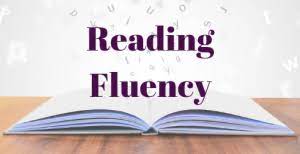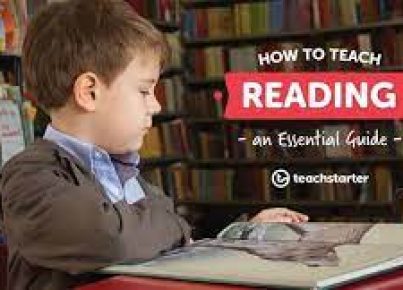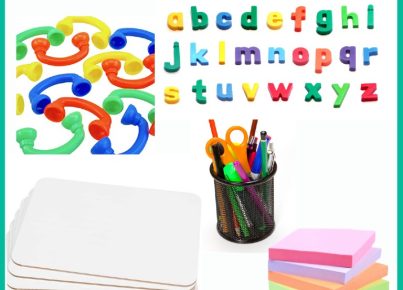Introduction:
Reading fluency is a critical skill for all learners as it lays the foundation for comprehension and academic success. It is the ability to read accurately, quickly, and naturally with appropriate expression. Many struggling readers often find it challenging to achieve fluency, but with the right strategies and activities, improvement is possible. In this article, we will explore 20 reading fluency activities that can benefit all learners.
1. Repeated readings: Encourage students to read the same text multiple times. This practice allows them to become more familiar with the text and improve their reading speed and accuracy.
2. Choral reading: In this group activity, students read together in unison. This can help boost their confidence and develop better pacing.
3. Timed reading: Set a timer for a short interval (e.g., 1 minute) and have students read as many words as they can during that time. Repeat this process several times with various texts to monitor progress.
4. Reader’s theater: Assign roles from a script or play to the students and have them practice reading their lines out loud with appropriate intonation and expression.
5. Echo reading: Read a sentence or paragraph out loud, then have the student repeat it back to you while mimicking your tone, pace, and expression.
6. Buddy reading: Pair up students of similar reading levels and have them take turns reading aloud to each other.
7. Sightword games: Play games like bingo or memory using high-frequency sight words to help improve instant word recognition.
8. Phrase-cued texts: Break sentences into meaningful phrases or units with slash marks (/) to encourage proper phrasing and expression while reading.
9. Previewing vocabulary: Introduce new or challenging vocabulary before beginning a text so that students are more prepared when encountering unfamiliar words.
10. Audio-assisted reading: Provide audiobooks or read-along texts so that students can follow along with the spoken word while reading the text.
11. Interactive story writing: Allow students to create their own stories on a shared space (like an interactive whiteboard) so that all learners can contribute and practice their reading skills collectively.
12. Word-building games: Play word-building games like Scrabble, Boggle, or Bananagrams to reinforce letter-sound relationships and blending skills.
13. Poetry readings: Assign poems that require different intonations, pacing or emotions, and have students read them out loud while focusing on these elements.
14. Newspaper articles: Encourage students to read age-appropriate newspaper articles or magazine pieces out loud to improve their reading fluency in non-fiction materials.
15. Role-playing: Give students various roles, such as a news reporter or a character from a novel, and have them read related materials with appropriate expression.
16. Fluency charts: Track students’ progress by plotting their words per minute on a chart; this can not only serve as motivation but also help in setting individual goals for improvement.
17. Self-monitoring and reflection: Teach students methods to monitor their own fluency while reading, such as using tally marks for each error they notice and then reflecting on the errors to learn from them.
18. Video recordings: Have students record themselves reading aloud, then watch the footage together and provide feedback on areas they can improve upon.
19. Paired sentence writing: Two students work together to create sentences with high-frequency words, taking turns to write each word.
20. Reading races: Conduct friendly competitions among small groups of students where they read aloud in a race against time or compete for the best expression and phrasing of a given text.





